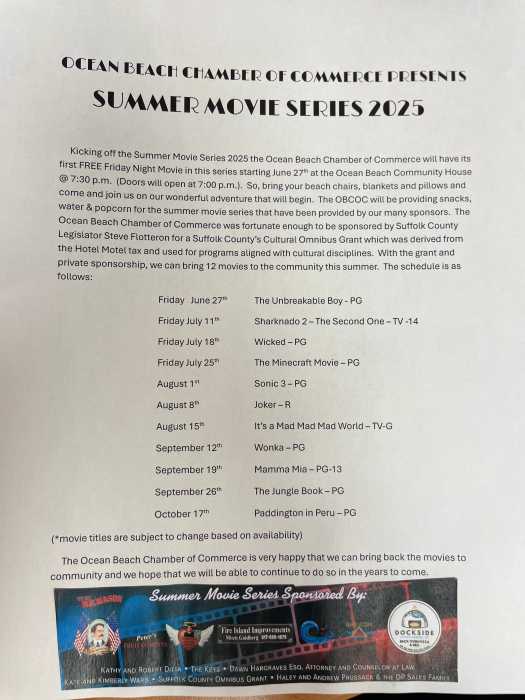Did you know that the United States has more oil than all of Arabia, and that’s not including Alaska’s reserves? Huh? So why are we paying almost $4 a gallon?
My cousin Sonny sent me this e-mail, asking me to pass it along. I’ll do better than that in this column. After checking the sources, I think everyone should be aware of this information, send it along and maybe it will get to Washington where somebody could wake up and smell the coffee before it gets more expensive than gasoline.
When he was in office, President Bush received a report that the Bakken Formation in North Dakota could boost America’s oil reserves 10 times, giving western economies the trump card against OPEC’s short squeeze on oil supply and making Iranian and Venezuelan threats of disrupted supply irrelevant. Well, what did you expect from Bush?
According to the e-mail, America is sitting on top of a super massive 200 billion barrel oil field that could potentially make America energy independent and until now has largely gone unnoticed. According to a report that the United States Geological Survey will release giving an accurate resource assessment of the Bakken Oil Formation that covers North Dakota and portions of South Dakota and Montana. Using a new horizontal drilling technique, it is believed that between 175 to 500 billion barrels of recoverable oil are held in this 200,000 square mile reserve that was initially discovered in 1951. The Geological Survey did a study back in 1999 that estimated 400 billion recoverable barrels were present. But with oil prices bottoming out at $10 a barrel back then, the report was dismissed, as costly horizontal drilling would be necessary — adding about $20-40 to the price of a barrel filled there.
But as they say, that was then, and this is now.
With oil prices hovering at about $100-a-barrel, the search may soon be on for Dakota oil. In fact, it’s already started.
In 2007, EOG Resources of Texas created a frenzy when it drilled a single well in Parshal N.D. that was expected to yield 700,000 barrels of oil. Real excitement and money started to flow in North Dakota. Now, Marathon Oil is investing $1.5 billion and drilling 300 new wells in what is expected to be one of the greatest booms in oil discovery since oil was discovered in Saudi Arabia in 1938.
The US imported about 14 million barrels of oil per day in 2007, which means US consumers sent about $340 billion overseas building palaces in Dubai and propping up unfriendly regimes around the world, if 200 billion barrels of oil at $90 a barrel are recovered in the high plains, the added wealth to our economy would be $18 trillion, which would go a long way in stabilizing the US trade deficit and could cut the cost of oil in half in the long run. Why, with that kind of impetus and stimulation, we could even build a newer, bigger and more elaborate city in the Dakotas twice. One for North and one for South. And how about a third one for Montana? That will cure unemployment.
You may be having these questions:
• Will the oil in the Bakken Formation free us from depending on foreign oil?
• Why isn’t this information concerning the Bakken Formation front page news?
• Why aren’t we drilling in the Bakken Formation?
• Where is the detailed report concerning the Bakken Formation?
• Where does the oil from the Bakken Formation go? Is it stockpiled, exported, or used in the U.S.?
• What Geological Survey documents are available on the Bakken Formation?
• What is the time frame to accomplish the retrieval of the oil and gas percentages mentioned in the USGS report in the Bakken Formation?
The answers to these questions can be found on the Internet at: www.usgs.gov/newsroom/article.asp?ID=1911 and at www.nextenergynews.com/news1/next-energy-news2.13s.html
The US Geological Survey is a scientific organization that provides impartial information on the health of our ecosystems and environment, the natural hazards that threaten us, the natural resources we rely on, the impacts of climate and land-use change, and the core science systems that help us provide timely, relevant, and usable information. Next Energy News website and US Geological Survey are to be credited with all this vital information, which if enacted upon could solve Obama’s dilemma.
Screech at you next week!
























